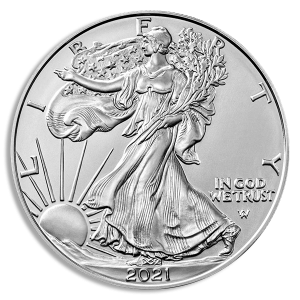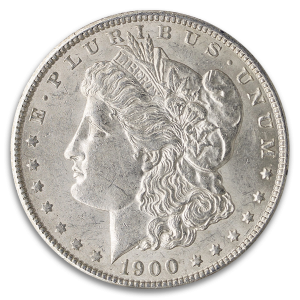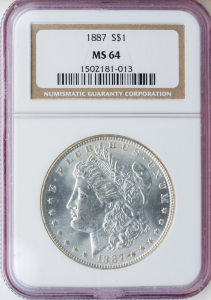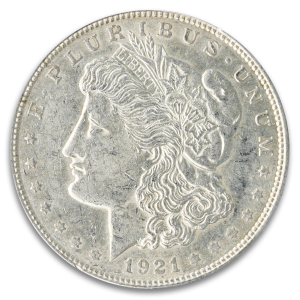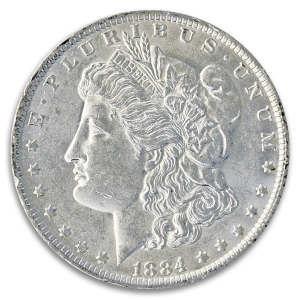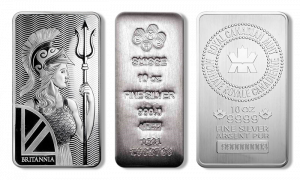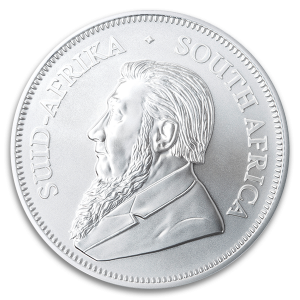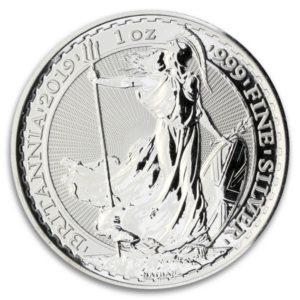1878-1904 Morgan $1 BU (Dates Vary)



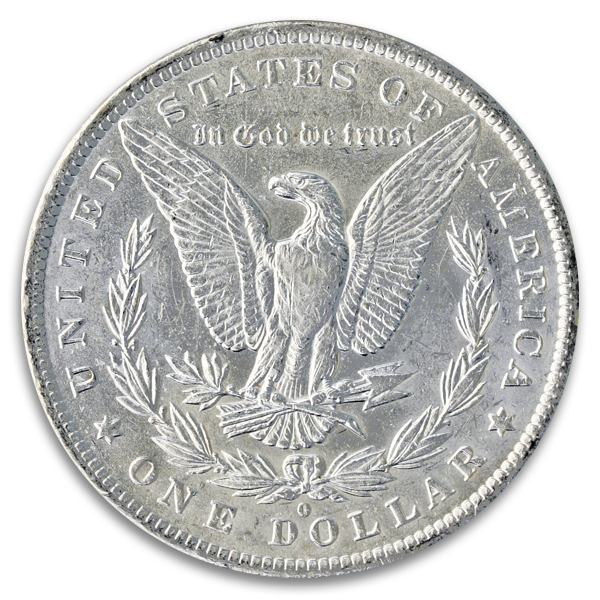

High Demand Product
Order in 1 click2025/12/01
Won't use again
2025/11/30
super easy. very good site setup to navigate. I would have liked an email product was shipped. The package was just laid on the front porch. Thankfully I was only away from my home for a short period. Product was perfect. Thank you.
2025/11/29
Great prices and customer service.
2025/11/28
No problems encountered
2025/11/28
Have yet to receive the delivery, but was told it was on its way :). Happy Holidays
2025/11/25
A little difficult to maneuver thru the site.
Introduction
The 1878–1904 Morgan $1 BU (Dates Vary) offers collectors the opportunity to own one of America’s most iconic silver coins in brilliant uncirculated condition. With their original luster, sharp details, and classic 19th-century artistry, these BU Morgan Dollars represent the pinnacle of historic U.S. Mint craftsmanship. Each coin contains .7734 troy ounces of silver and showcases the bold, enduring beauty that has made the Morgan Dollar a favorite among collectors for generations.
History
First introduced in 1878, the Morgan Dollar emerged during a period of rapid Western expansion and booming silver mining. Named after its designer, George T. Morgan, the coin became a symbol of America’s economic growth and frontier spirit. Morgan Dollars were minted across five locations—Philadelphia, San Francisco, Carson City, New Orleans, and Denver (in 1921)—and circulated widely in banks, saloons, and trading posts throughout the West. BU examples from the 1878–1904 era are prized survivors from the original production period, offering a direct connection to America’s late-19th-century silver heritage.
Design
The obverse features Morgan’s iconic portrait of Lady Liberty wearing a Phrygian cap adorned with cotton and wheat, symbolizing unity and prosperity. The reverse showcases an eagle with outstretched wings clutching arrows and an olive branch, representing both strength and peace. Brilliant uncirculated examples highlight the coin’s high relief and detailed engraving, bringing out the full artistry of this legendary American silver dollar.
| Metal | Silver |
|---|---|
| Year | 1904 |
| Weight | 0.7734 |
| Fineness | .900 |
| Diameter | 38.1mm |




